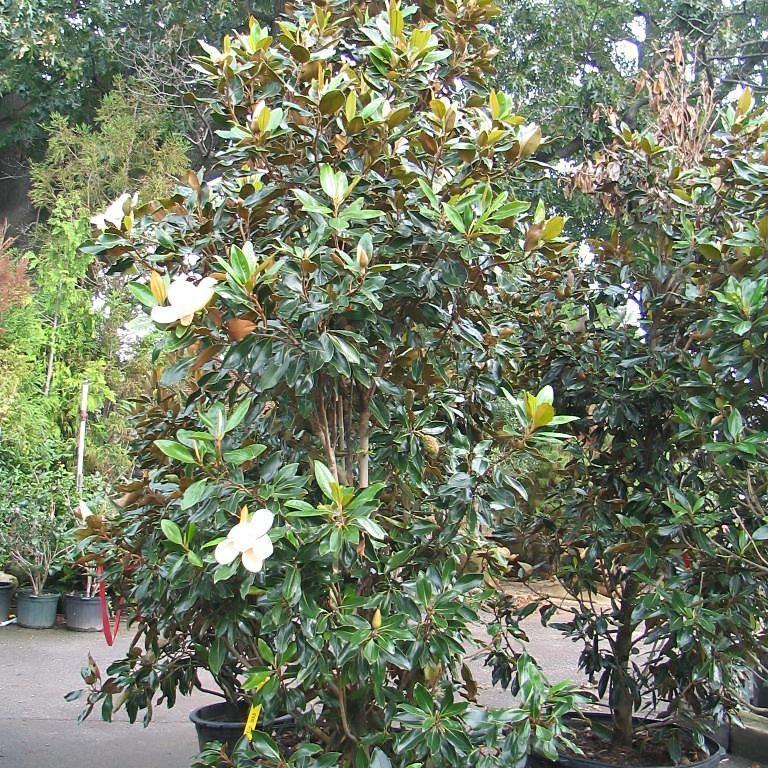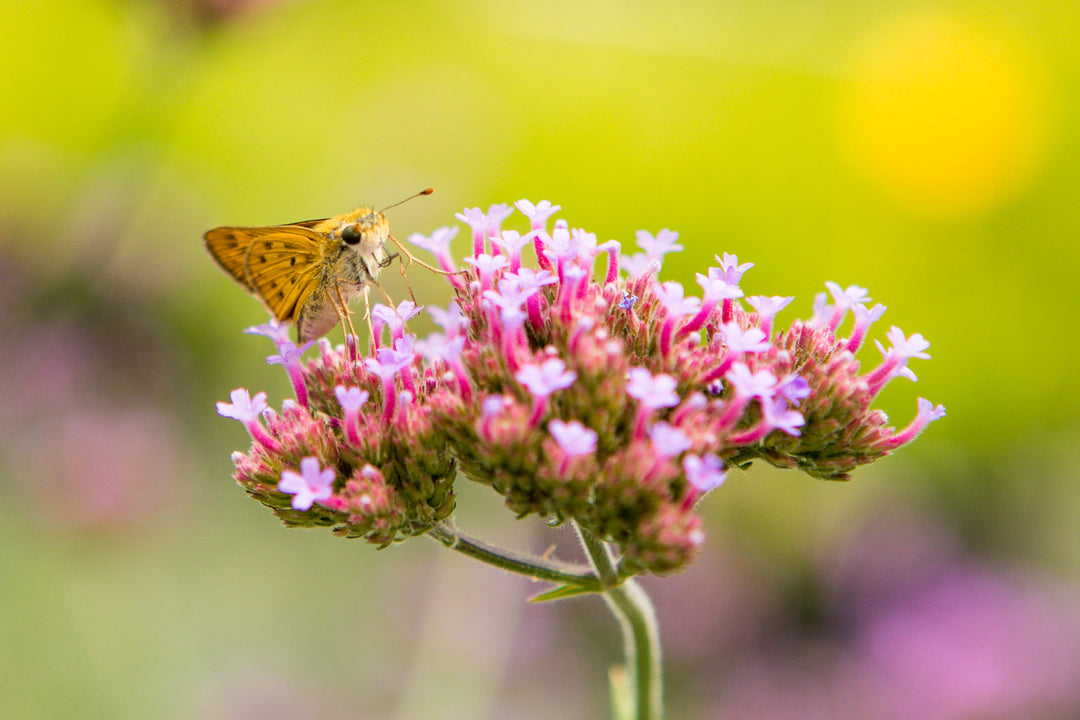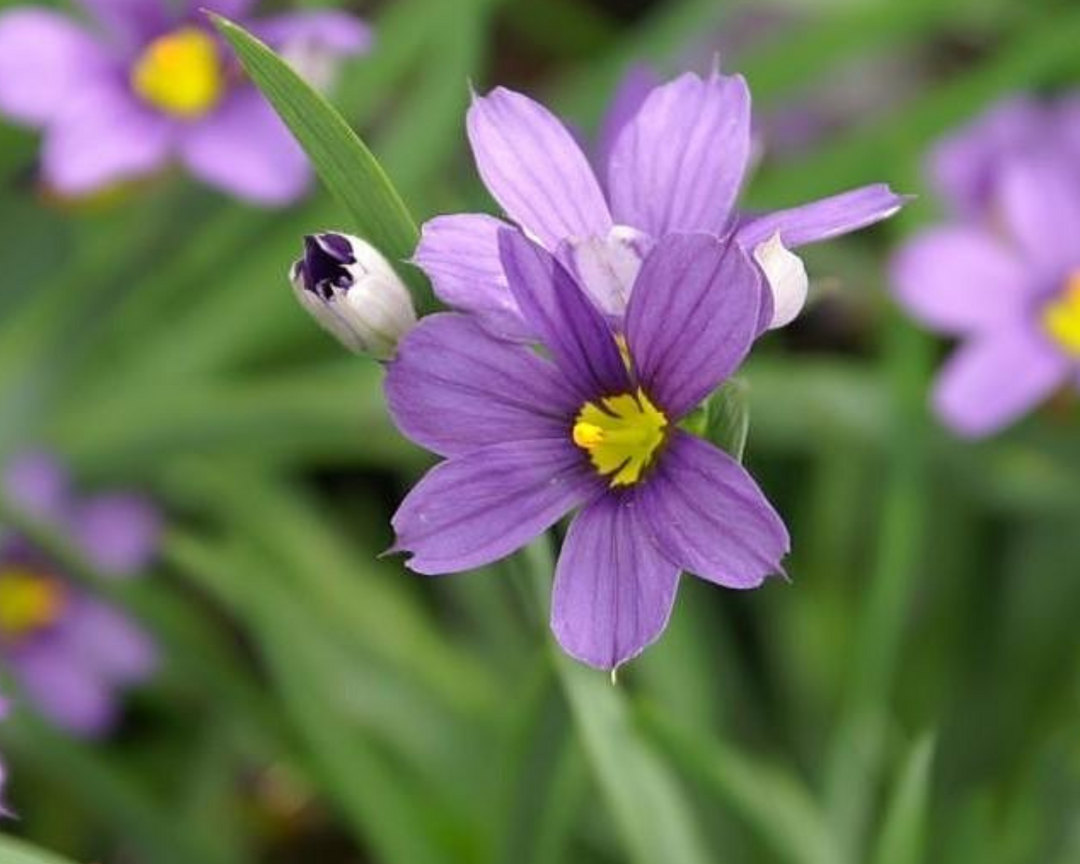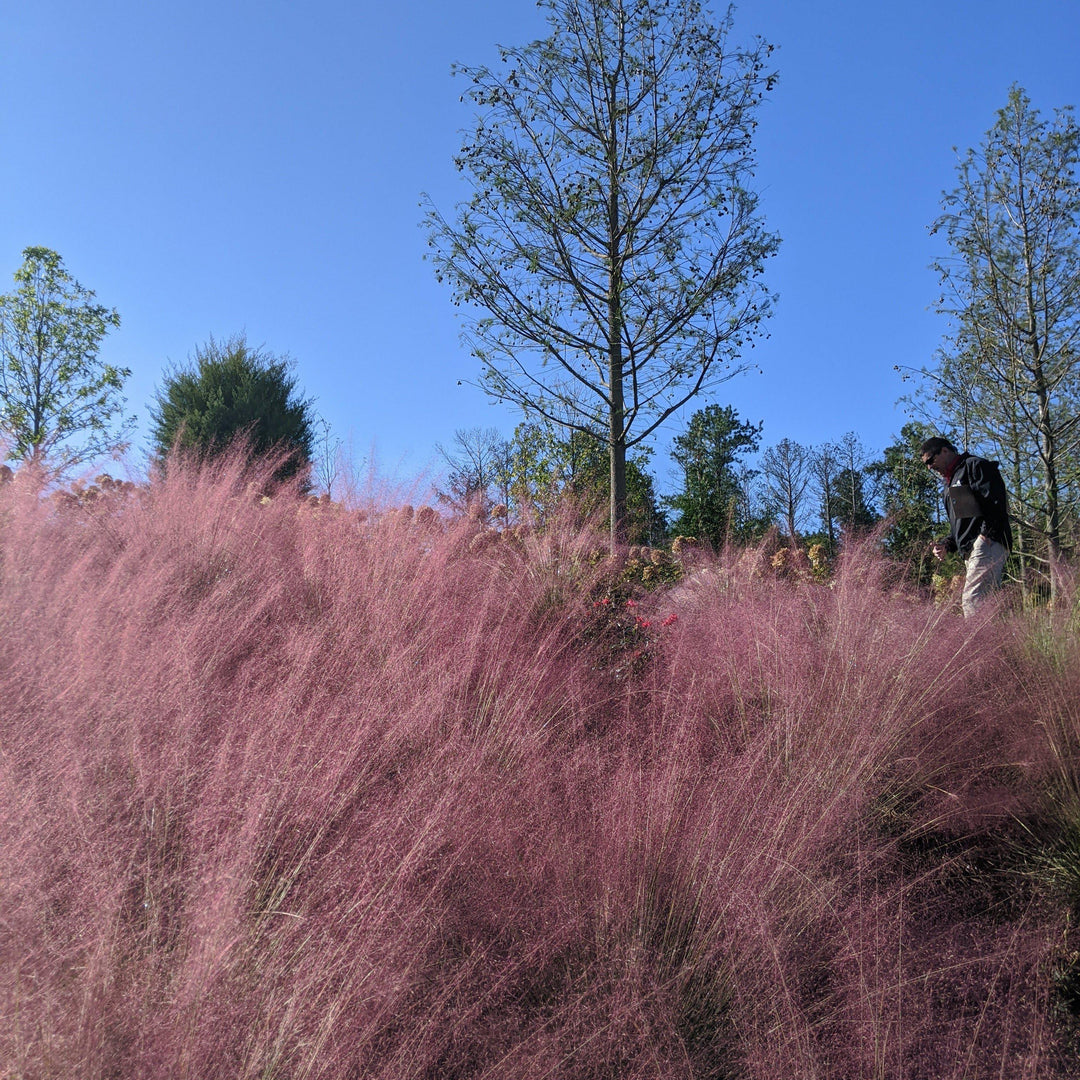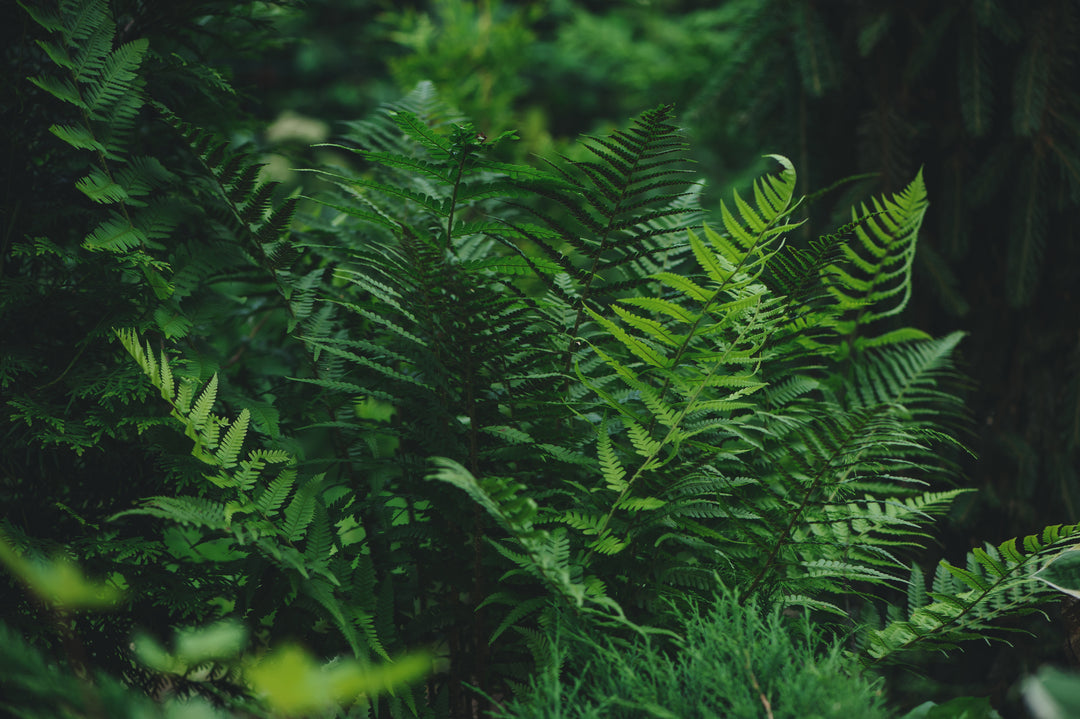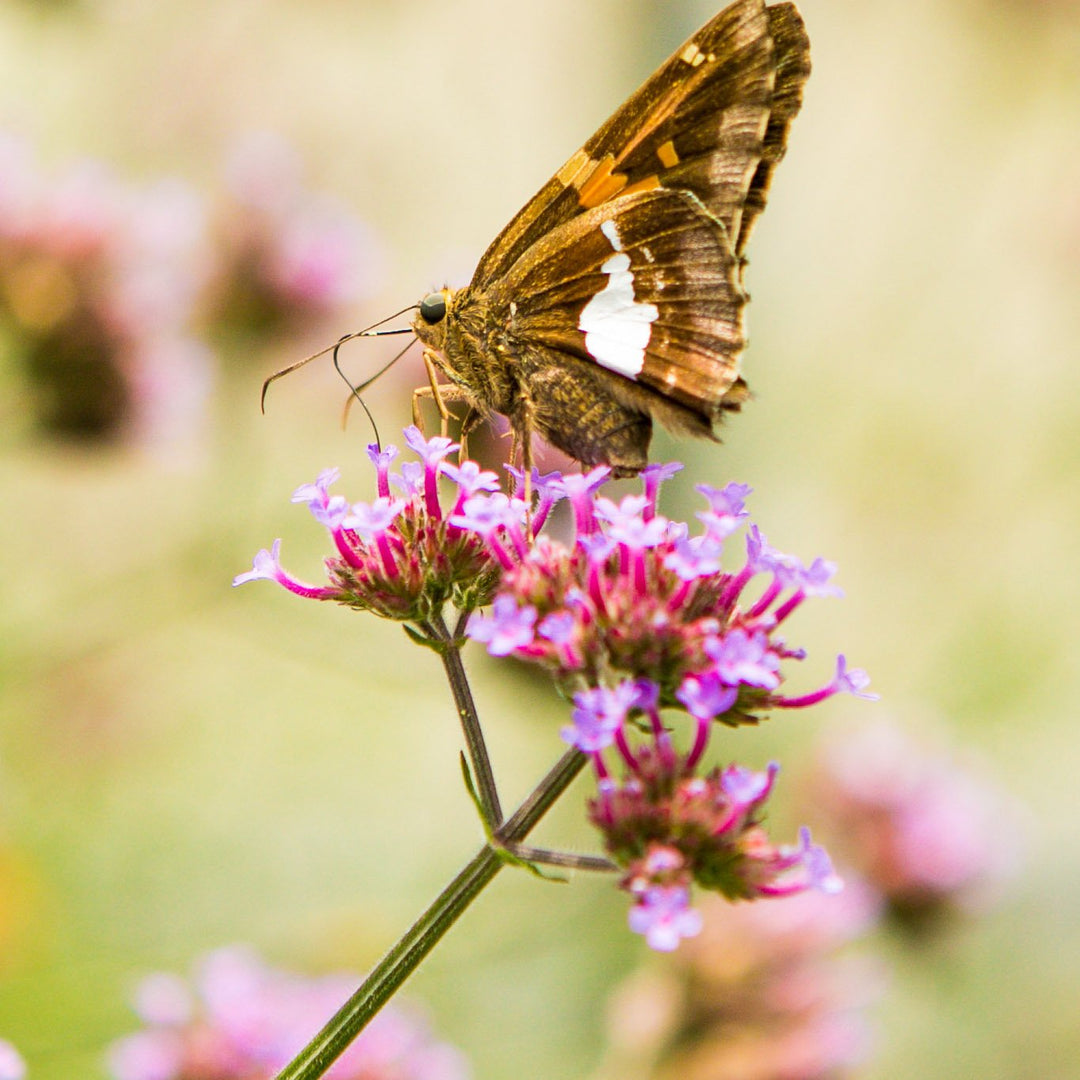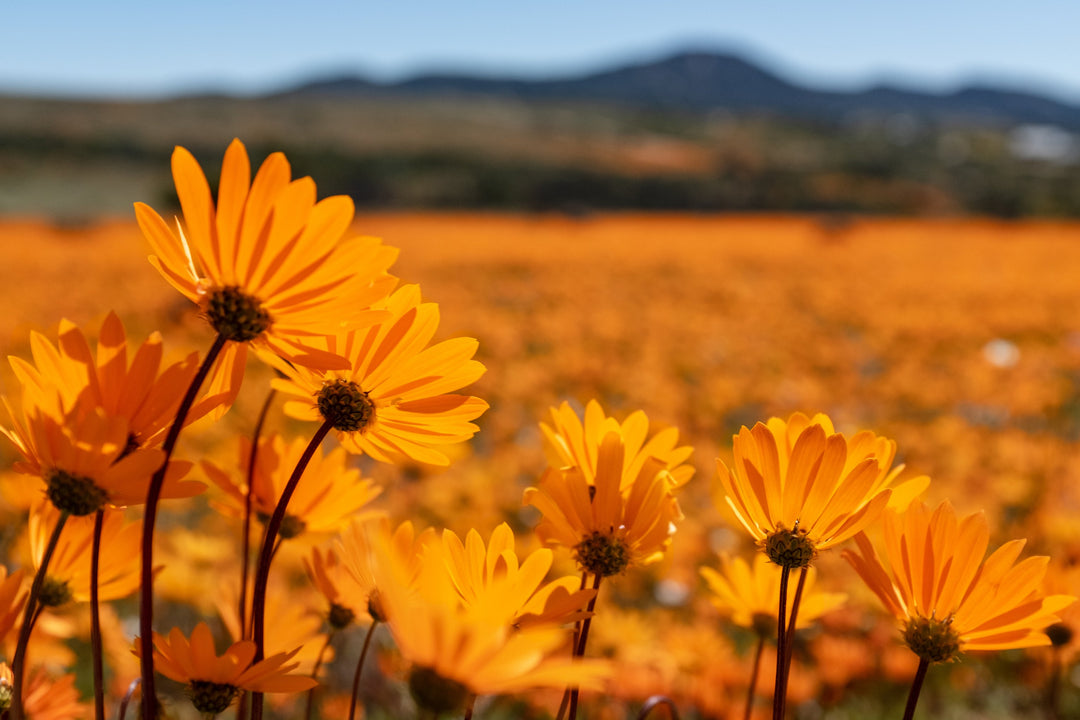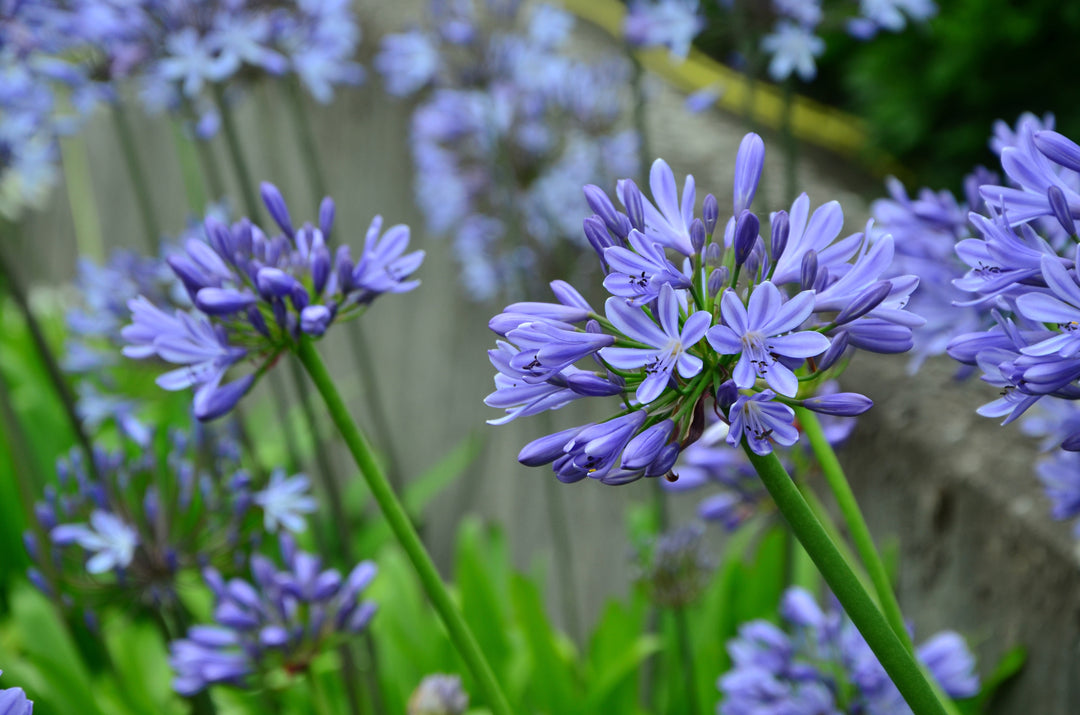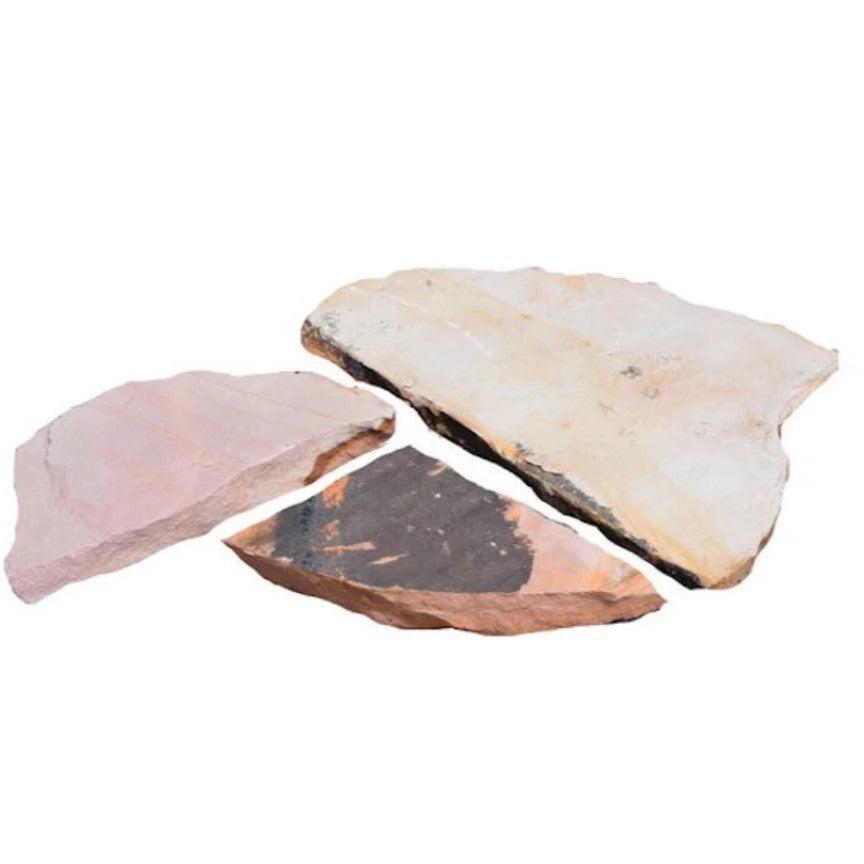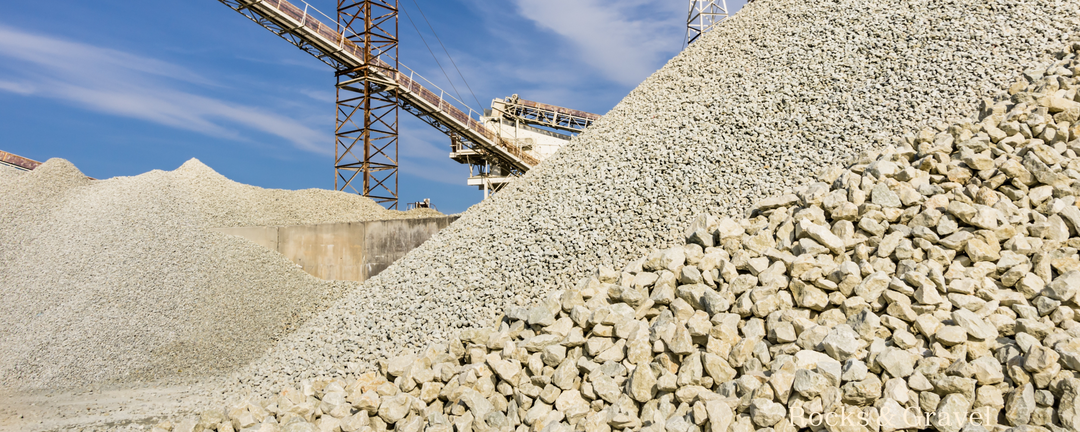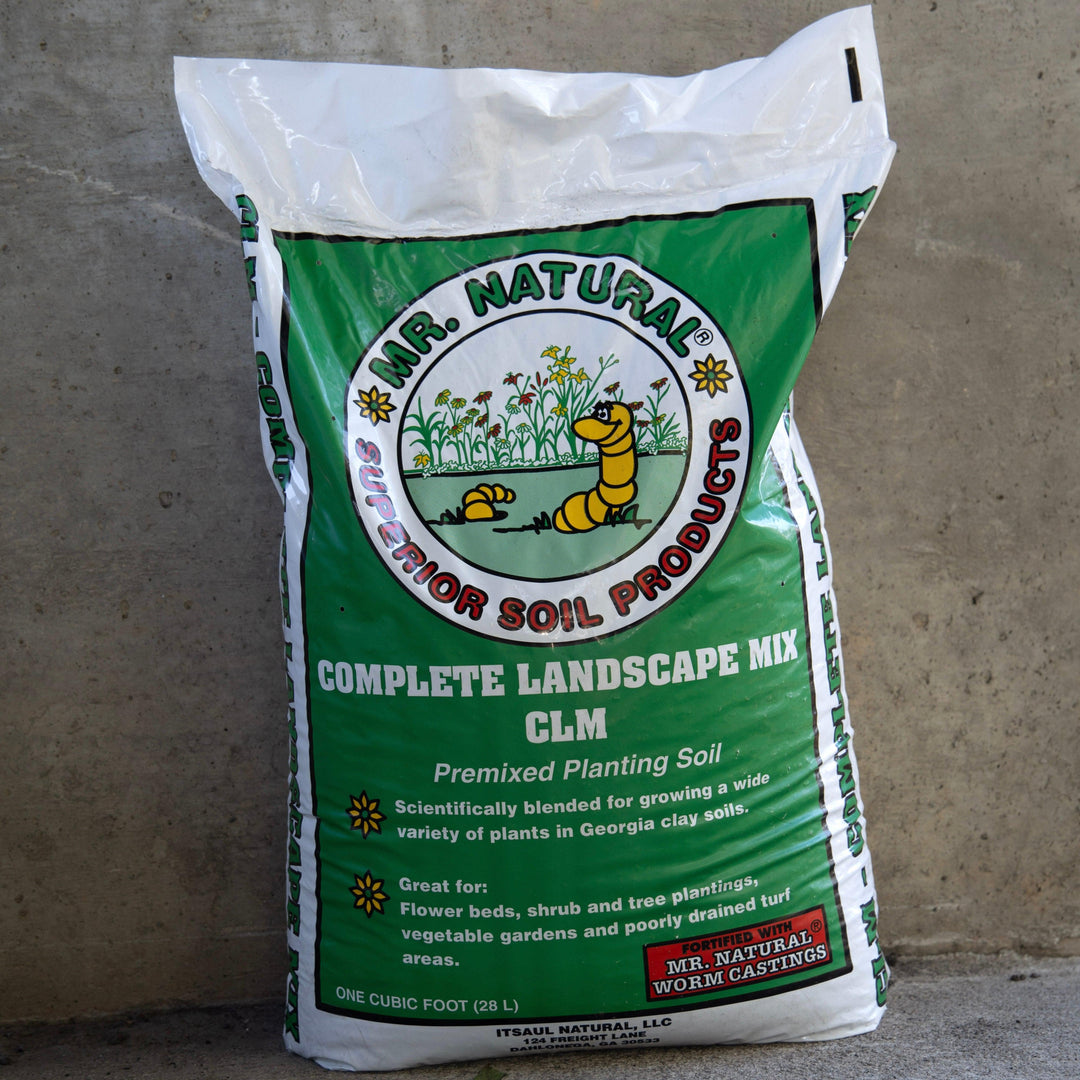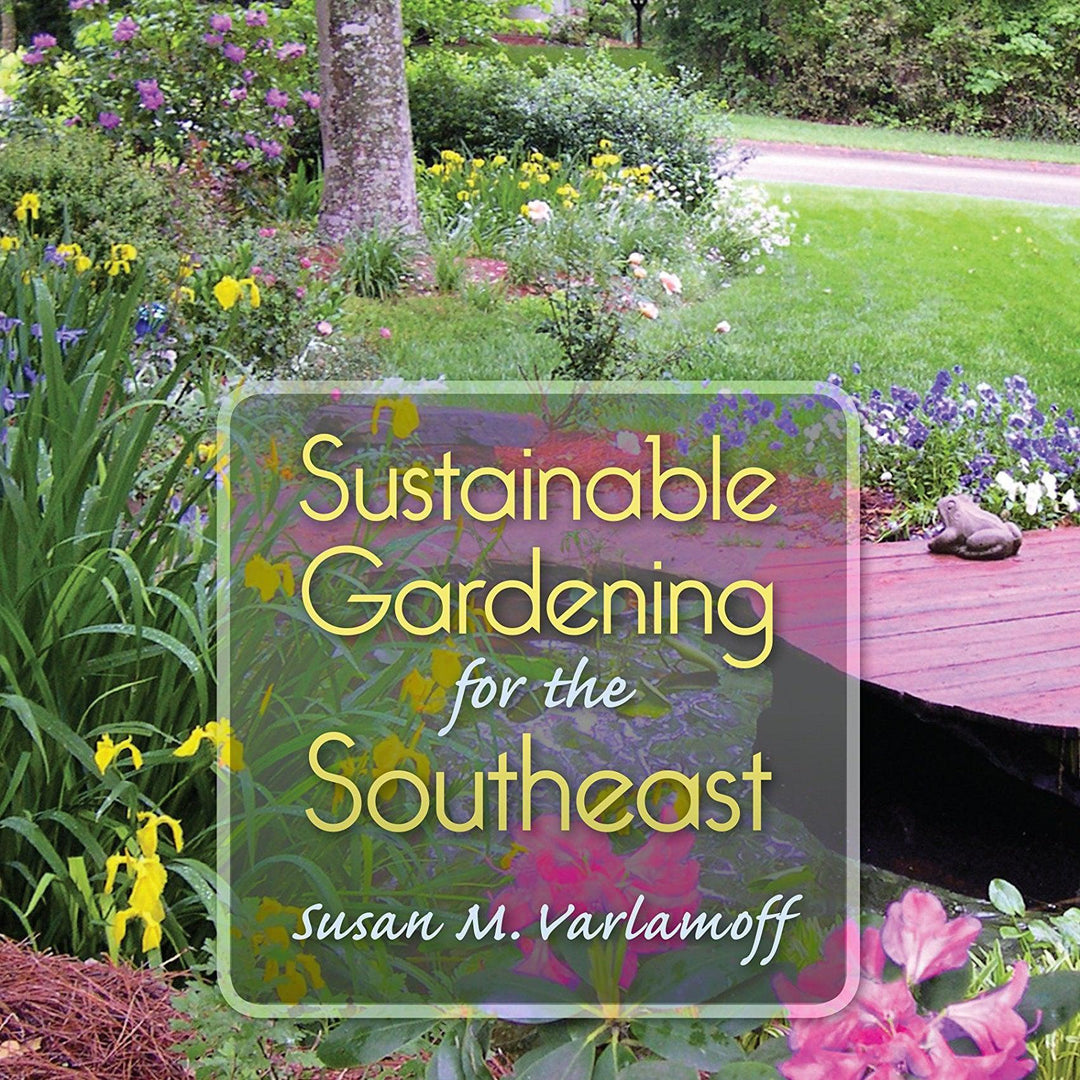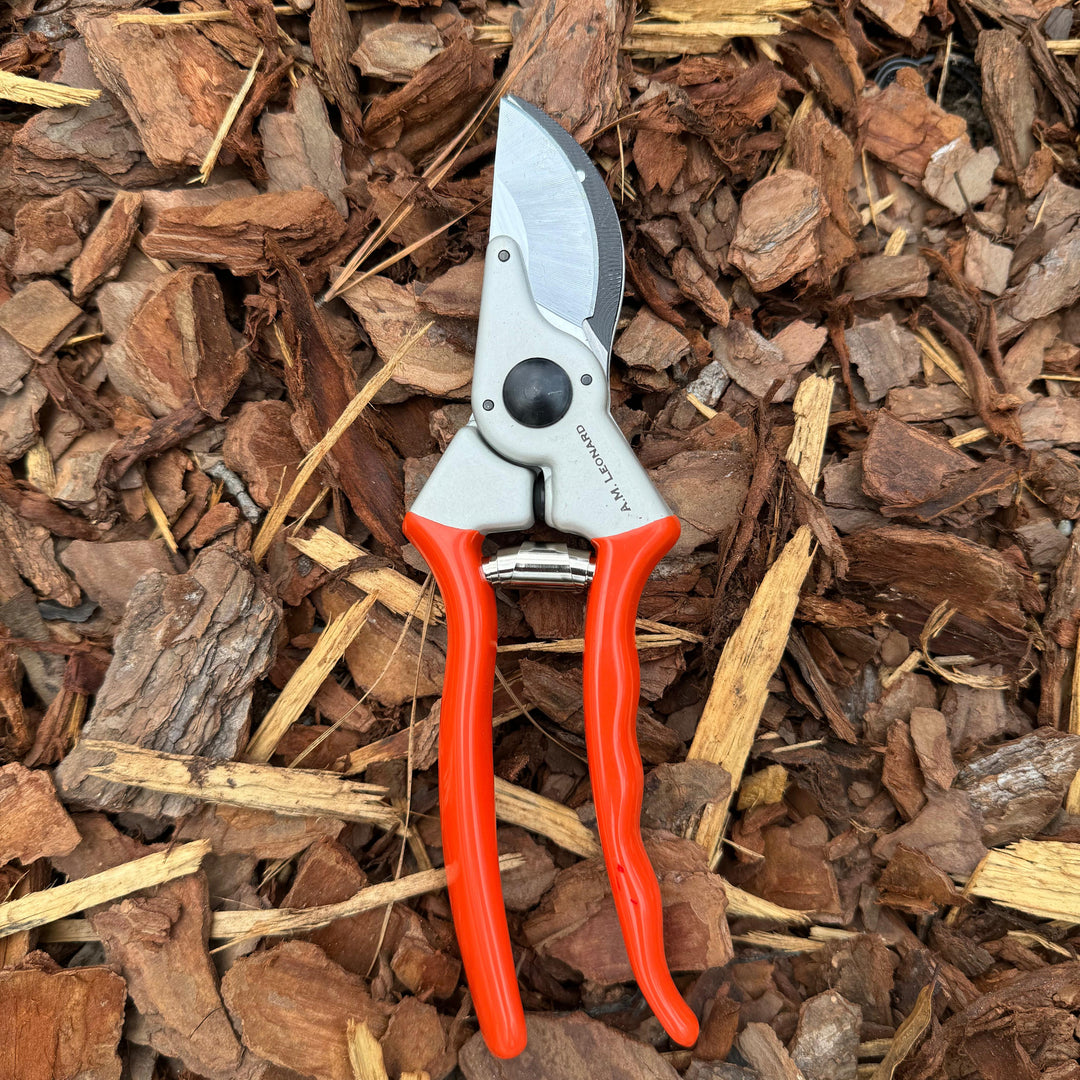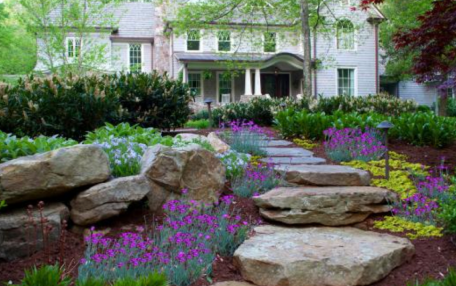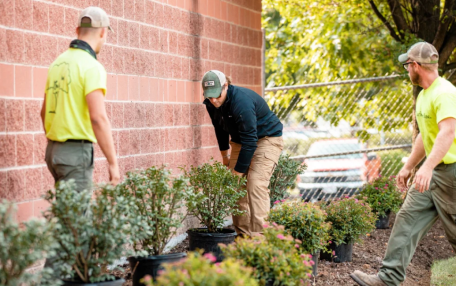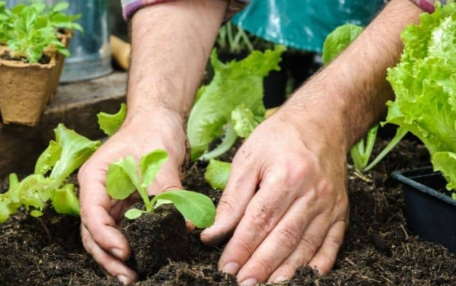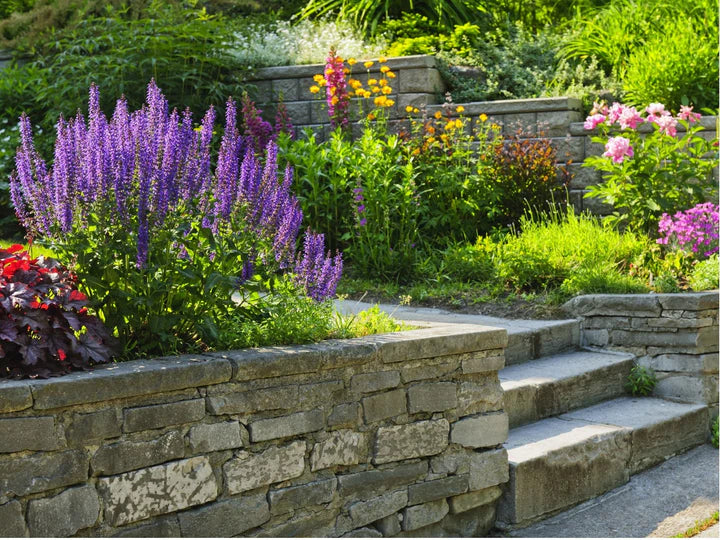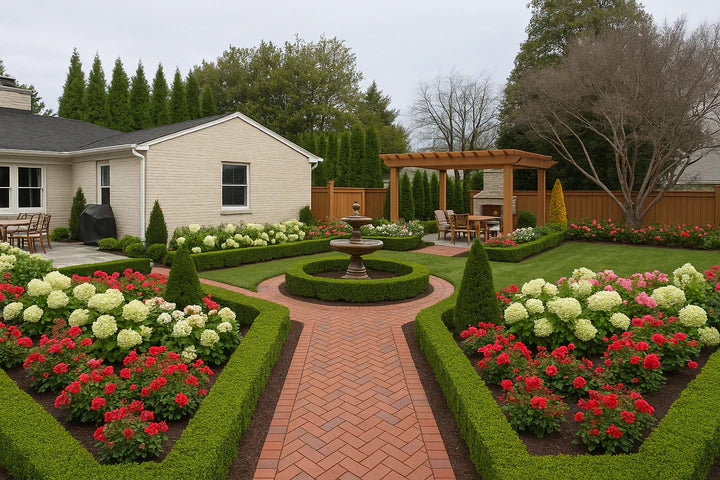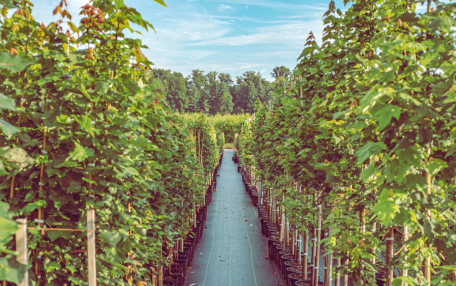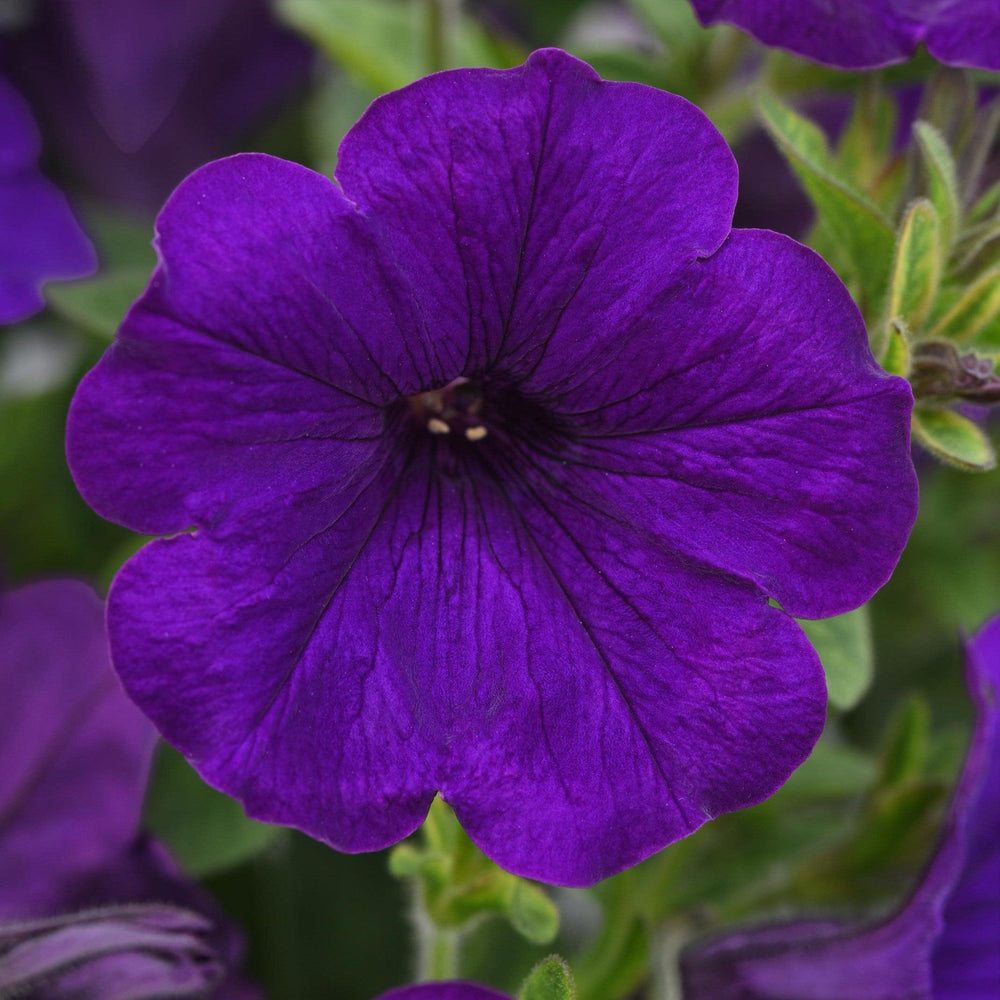Planting a Dry Creek Bed: Functional Beauty for the Landscape
A dry creek bed is more than just a decorative feature—it’s a practical solution for managing rainwater runoff, controlling erosion, and enhancing the structure of a landscape. With thoughtful planning and plant selection, a dry creek bed can become a beautiful, low-maintenance focal point that supports biodiversity and improves drainage.
What Is a Dry Creek Bed?
A dry creek bed is a shallow trench or channel, often lined with rocks or gravel, that mimics the look of a natural stream. It allows excess water from heavy rains to drain efficiently through the landscape, preventing pooling or erosion in problem areas.
But unlike a purely functional drainage ditch, a well-designed dry creek bed doubles as a stunning garden feature—especially when thoughtfully planted.

Planning Your Dry Creek Bed
Before planting, you'll need to shape the dry creek bed itself. Here's how to plan it effectively:
1. Map the Water Flow
-
Observe your landscape after a heavy rain. Where does the water collect or rush downhill?
-
Use this information to plot a naturalistic path for the creek bed, mimicking how water would naturally move across the land.
2. Dig and Grade
-
Dig a trench 6–12 inches deep (or more depending on your drainage needs), with gently sloping sides.
-
The creek bed should slope slightly downhill (a drop of about 1 inch per 10 feet) to encourage water flow.
3. Line with Landscape Fabric (optional)
-
Add fabric to prevent weed growth and keep gravel or rocks from sinking into the soil—though some gardeners prefer a more natural, fabric-free approach.
4. Add Gravel and Rocks
-
Fill the bottom with river rock or drainage gravel, and line the edges with larger stones or boulders for a natural look.
-
Mix in different sizes for visual interest and mimic the texture of a real streambed.
Planting Around a Dry Creek Bed
The right plants will soften the edges of your creek bed and enhance its appearance year-round. Choose plants with good drainage tolerance, especially if the creek occasionally channels heavy rain.
Best Practices for Planting
-
Group plants in naturalistic drifts along the edges.
-
Avoid placing plants directly in the center of the dry creek, which should remain open for water flow.
-
Use a mix of groundcovers, grasses, perennials, and small shrubs to replicate a wild riparian edge.
Plant Suggestions for Dry Creek Beds
🌞 Full Sun
-
Blue Fescue (Festuca glauca): Clumping grass with fine, silvery-blue blades.
-
Coreopsis (Coreopsis spp.): Bright daisy-like flowers that attract pollinators.
-
Muhly Grass (Muhlenbergia capillaris): Airy pink flower plumes in late summer.
🌤️ Part Sun
-
Little Bluestem (Schizachyrium scoparium): Native grass with blue-green foliage turning red in fall.
-
Daylilies (Hemerocallis spp.): Hardy perennials that tolerate both dry and wet spells.
-
Penstemon (Penstemon spp.): Tubular blooms that attract hummingbirds.
🌳 Shadier Edges
-
Heuchera (Heuchera spp.): Colorful foliage adds contrast near boulders or shaded sections.
-
Columbine (Aquilegia canadensis): Woodland flower with graceful, nodding blooms.
-
Ferns (Dryopteris spp., Athyrium spp.): Great for damp or partially shaded pockets nearby.

Care and Maintenance Tips
-
Water during establishment: Even drought-tolerant plants need regular watering in their first season.
-
Mulch: Use gravel mulch or shredded bark outside the streambed to suppress weeds and retain moisture.
-
Prune and clean: Trim dead growth and remove fallen leaves or debris from the creek to maintain function and appearance.
-
Replenish gravel or rocks as needed, especially after heavy rain events.
Combining Function with Aesthetics
A dry creek bed is the perfect marriage of form and function—solving drainage issues while offering a dynamic landscape feature that changes with the seasons. With smart planting and simple maintenance, your dry creek can feel like a natural part of the garden, whether it’s channeling stormwater or simply adding rustic charm.

